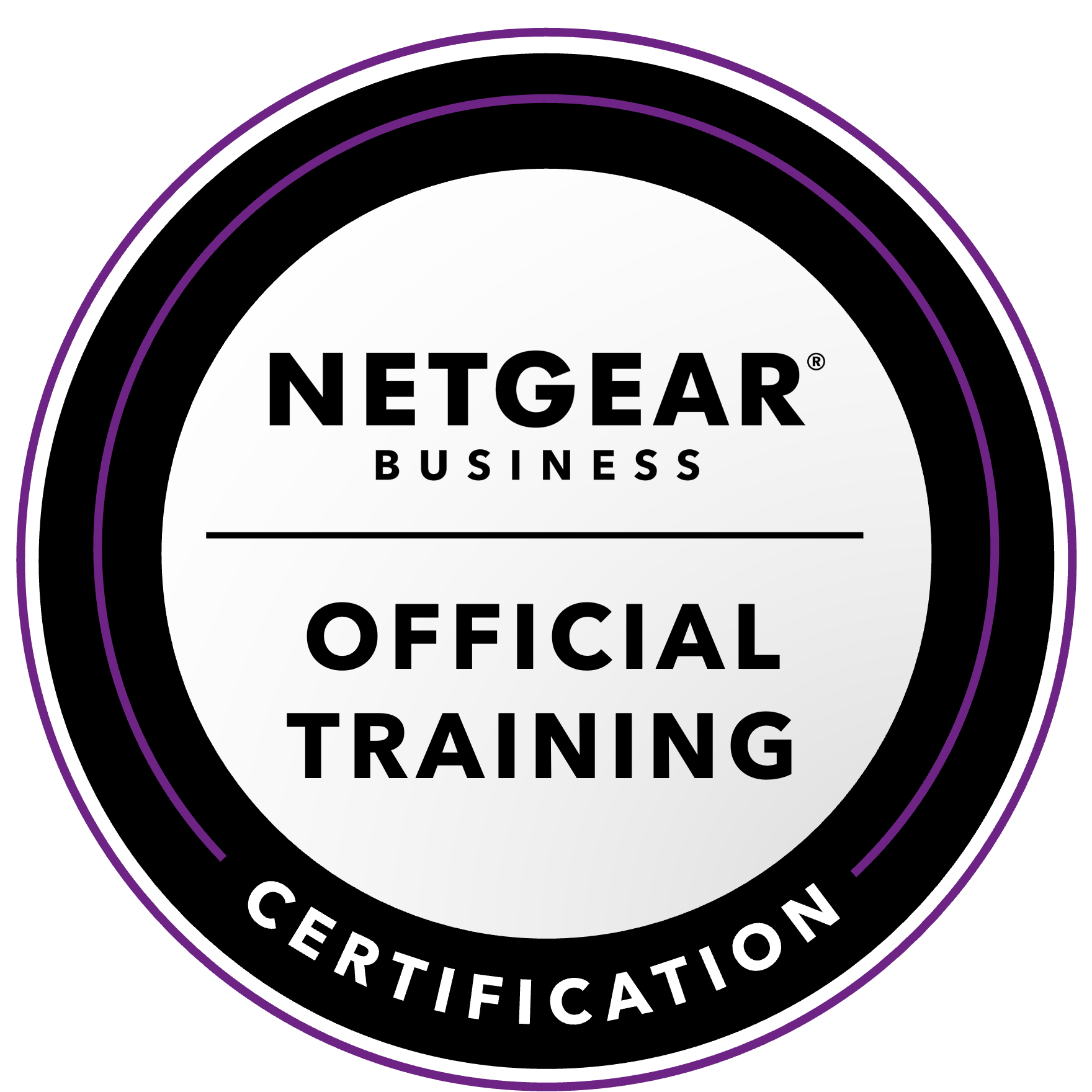NETGEAR is aware of a growing number of phone and online scams. To learn how to stay safe click here.
Forum Discussion
muddauber
Feb 26, 2018Aspirant
Expanding Drives for an RNDU4000
I Currently have 4 - 2TB Drives in my RNDU4000 ReadyNAS Ultra 4, I want to upgrade
all the drives to 4TB. What is the best way to do that?
Should I pull one drive out ( power off) and install the drive?
Does it matter which one I replace first?
I have [X-RAID2] with Firmware: RAIDiator 4.2.31
You can hot-swap them (removing the old, insert the new) with the NAS running. Wait for the resync to complete before moving on to the next. After the second disk resyncs, reboot (you should be prompted for this). That will begin the vertical expansion (giving you a 8 TB volume when it completes). The third and fourth disks won't need this reboot step.
The order of the hot-swaps doesn't matter. Be careful to only remove the old disks of course. If you accidently remove the wrong one, then immediately reinsert it, and wait for the resync before you do anything else. If you don't wait, then you will almost certainly lose your data.
The array is vulnerable to disk failures while you are expanding it, so we do recommend updating your backup before you begin.
Your NAS has two expansion limits
- you cannot expand your volume from less that 16 TiB to over 16 TiB
- you cannot expand your volume more than 8 TiB from it's initial size
Both of these limits are for the volume size after RAID protection, not the raw disk size.
In your case you can't hit the first limit (your volume will end up at 12 TB or ~10.9 TiB). But you could hit the second one. For instance, if you started with one or two 2TB drives, your starting volume size would have been 1 TB. In that case you can't expand to 12 TB. If you download the log zip file, you can see the expansion history in expansion.log.
If you will hit the second limit, then you will need to offload your data to backup, and then do a factory reset. Put in all four of the new disks and power up. The system will do a factory install (if the disks are blank). After setting up the NAS from scratch, you'll need to restore your data from the backup. One benefit of this method is that you can reinstall all four of your old disks if something goes wrong - so label them by slot when you remove them.
Another option is to convert your NAS to OS-6 (which has no known expansion limits, and has the benefit of supporting SMB 3.0 ). This is destructive, so you will need to restore your data from a backup.
2 Replies
Replies have been turned off for this discussion
- StephenBGuru - Experienced User
You can hot-swap them (removing the old, insert the new) with the NAS running. Wait for the resync to complete before moving on to the next. After the second disk resyncs, reboot (you should be prompted for this). That will begin the vertical expansion (giving you a 8 TB volume when it completes). The third and fourth disks won't need this reboot step.
The order of the hot-swaps doesn't matter. Be careful to only remove the old disks of course. If you accidently remove the wrong one, then immediately reinsert it, and wait for the resync before you do anything else. If you don't wait, then you will almost certainly lose your data.
The array is vulnerable to disk failures while you are expanding it, so we do recommend updating your backup before you begin.
Your NAS has two expansion limits
- you cannot expand your volume from less that 16 TiB to over 16 TiB
- you cannot expand your volume more than 8 TiB from it's initial size
Both of these limits are for the volume size after RAID protection, not the raw disk size.
In your case you can't hit the first limit (your volume will end up at 12 TB or ~10.9 TiB). But you could hit the second one. For instance, if you started with one or two 2TB drives, your starting volume size would have been 1 TB. In that case you can't expand to 12 TB. If you download the log zip file, you can see the expansion history in expansion.log.
If you will hit the second limit, then you will need to offload your data to backup, and then do a factory reset. Put in all four of the new disks and power up. The system will do a factory install (if the disks are blank). After setting up the NAS from scratch, you'll need to restore your data from the backup. One benefit of this method is that you can reinstall all four of your old disks if something goes wrong - so label them by slot when you remove them.
Another option is to convert your NAS to OS-6 (which has no known expansion limits, and has the benefit of supporting SMB 3.0 ). This is destructive, so you will need to restore your data from a backup.
- muddauberAspirant
Thank you for the precise and thorough explanation.
Related Content
NETGEAR Academy

Boost your skills with the Netgear Academy - Get trained, certified and stay ahead with the latest Netgear technology!
Join Us!
